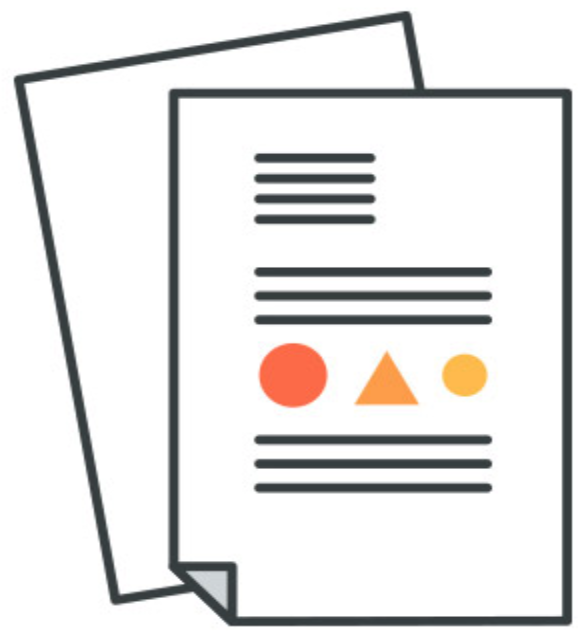Influx has built support teams for more than 300 high-growth brands in the US, Australia, and Europe. We hire, train, and empower a remote community with the top 1% of customer support agents, spread over 120+ cities. Learn more about how it works →
Customers have high expectations. If they have an issue with a product or service, they want it to be addressed quickly and efficiently.
Fulfilling customer expectations involves meeting the customer where they are — and one of the quickest ways to get an immediate response is through voice support call centers.
A call center is a team of customer service specialists who field customer phone calls. There are two types of call centers: inbound and outbound.
Influx offers both high-quality customer support and high-performing sales solutions for inbound and outbound call centers. Our solutions are customized to meet your needs, with simple month-to-month pricing.
Keep reading to learn more about the differences between inbound and outbound call centers and which one your business might benefit from.
What is an Inbound Call Center?
An inbound call center receives calls from customers. These calls tend to come from existing customers with issues or questions. Availability is a key factor, with a majority of call centers addressing 80% of incoming calls within 20 seconds.
How does an Inbound Call Center work?
Inbound call centers can either be a centralized location where a team of agents handles incoming calls or a trained group of remote professionals offering product or support solutions.
Here’s how inbound call centers work:
Call Handling and Routing
Customers call in to get help. These calls are routed through the call center’s telephony system. Then, an Interactive Voice Response (IVR) system often helps direct calls to the right department or agent based on the caller’s choices.
Customer Interaction
Agents answer the calls, greet the customers, and listen to their questions or issues. Using knowledge bases, customer databases, and other tools, agents resolve customer issues, whether it’s answering questions, processing orders, or troubleshooting problems.
Technology and Quality Assurance
The call center uses telephony systems for call routing and queuing, along with Customer Relationship Management (CRM) systems to access customer information. Calls are often recorded for quality assurance, and supervisors review them to ensure good customer service.
Continuous Improvement
Call centers collect customer feedback to assess satisfaction and find ways to improve. Key metrics, like average handle time and customer satisfaction scores, help monitor and enhance the call center’s performance.
Inbound Customer Support Solutions
Building an in-house customer support call center can be complex and resource-intensive. Influx’s inbound customer support solution offers a seamless alternative, allowing companies to overcome these challenges by providing 24/7 coverage with a team of pre-trained professionals.
This solution is not only cost-effective but scalable, adapting to fluctuations in call volume and customer demands. Our expertise in customer service ensures that every interaction is handled with care, contributing to enhanced customer satisfaction and loyalty.
What is an Outbound Call Center?
As opposed to inbound call centers that receive calls, outbound call centers make calls to customers, clients, or prospects.
Fundamentally, inbound and outbound calls both have different goals. Where inbound calls are focused on customer support, outbound calls focus on sales and proactive customer engagement.
How does an Outbound Call Center work?
Sales teams typically run outbound call centers to cold call potential customers about products or services.
Here’s how outbound calls work:
Call Handling and Dialing Systems
Outbound calls are initiated either manually by agents or through automated dialing systems like auto-dialers, predictive dialers, or power dialers. These systems help increase efficiency by dialing multiple numbers simultaneously or predicting when an agent will be available to take the next call. Once the call is connected, the system routes it to an available agent.
Agent Interaction and Scripting
When a call is connected, the agent greets the person on the other end and follows a predefined script or guidelines to conduct the call. This ensures consistent messaging and adherence to telemarketing regulations.
Depending on the purpose of the call, agents may focus on promoting products, collecting information, closing sales, setting appointments, or conducting surveys. Lead management systems help organize and track these interactions.
Compliance and Quality Assurance
Outbound call centers must comply with telemarketing regulations like the Telephone Consumer Protection Act (TCPA) in the U.S. This includes managing “do not call” lists, obtaining customer consent, and following rules about call times and content.
Calls are often recorded for quality assurance. Supervisors or quality assurance teams review these recordings to ensure agents follow protocols and maintain high-quality customer interactions.
Performance Monitoring and Improvement
Outbound call centers track various metrics to monitor and improve performance. Common metrics include calls per hour, call conversion rates, sales volume, and call outcomes (e.g., lead generation or sales closures).
Outbound Call Center Solutions
Cold calling is a skill-intensive task that requires persistence, communication finesse, and a deep understanding of sales techniques. By entrusting cold calling to experts, companies can extend their market reach, boost sales, and maintain a dynamic approach to customer acquisition without the operational complexities of running their own outbound call center.
With Influx, you can launch with just 1 to 2 agents, then scale up when you need it. Learn more about call center services that grow with you.
Which is better, an Inbound or Outbound Call Center?
The decision between an inbound or outbound call center depends on the specific needs and goals of the business. Some businesses may benefit from a combination of both inbound and outbound call center services to meet overall communication and customer service needs.
Hybrid Call Center
A hybrid call center combines both inbound and outbound capabilities. This setup is useful for businesses that need to balance customer support with outbound outreach efforts. It offers flexibility to adapt to changing business needs and can be more efficient by sharing resources.
When should you outsource your Call Center services?
Many companies outsource call center services because it can be a challenge to maintain the infrastructure needed to handle a high volume of calls. Outsourcing call center support is a strategic decision for teams looking to optimize customer service, control costs, or scale operations.
Influx helps brands expand their coverage hours and focus on core competencies by acting as an extension of your internal team. Our teams are ready to launch in one week for a quicker solution than building an in-house team. See how we’ve helped a healthcare marketplace decrease call abandonment rate by 10X.
Get started with Influx today
Influx provides consistent, high-quality customer service in a simple, month-to-month format. Brands work with us to make their support teams fast and flexible, while maintaining standards.
See our call center services page to learn more about custom solutions.



